
The Young British Artists, or YBAs—also referred to as Brit artists and Britart—is a loose group of visual artists who first began to exhibit together in London in 1988. Many of the YBA artists graduated from the BA Fine Art course at Goldsmiths, in the late 1980s, whereas some from the group had trained at Royal College of Art.

Alice Neel was an American visual artist. Recognized for her paintings of friends, family, lovers, poets, artists, and strangers, Neel is considered one of the greatest American portraitists of the 20th century. Her career spanned from the 1920s to 1980s.

John Currin is an American painter based in New York City. He is most recognised for his technically proficient satirical figurative paintings that explore controversial sexual and societal topics. His work shows a wide range of influences, including sources as diverse as the Renaissance, popular culture magazines, and contemporary fashion models. He often distorts or exaggerates the erotic forms of the female body, and has stressed that his characters are reflections of himself rather than inspired by real people.

Emily Kame Kngwarreye was an Aboriginal Australian artist from the Utopia community in the Northern Territory. After only starting painting as a septuagenarian, Kngwarreye became one of the most prominent and successful artists in the history of Indigenous Australian art. She was a founding member of the Utopia Women's Batik Group and is known for her precise and detailed works.

Isabel Bishop was an American painter and graphic artist. Bishop studied under Kenneth Hayes Miller at the Art Students League of New York, where she would later become an instructor. She was most notable for her scenes of everyday life in Manhattan, as a member of the loosely-defined ‘Fourteenth Street School’ of artists, grouped in that precinct. Union Square features prominently in her work, which mainly depicts female figures. Bishop’s paintings won the American Academy of Arts and Letters Award, among other distinctions.
Albert Oehlen is a German painter, installation artist and musician. He lives and works in Bühler, Switzerland and Segovia, Spain.
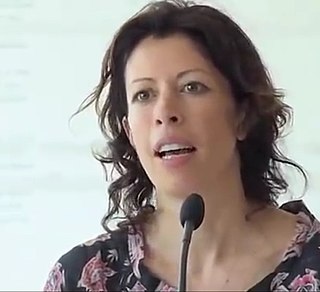
Cecily Brown is a British painter. Her style displays the influence of a variety of contemporary painters, from Willem de Kooning, Francis Bacon and Joan Mitchell, to Old Masters like Rubens, Poussin and Goya. Brown lives and works in New York.

Ghada Amer is a contemporary artist, much of her work deals with issues of gender and sexuality. Her most notable body of work involves highly layered embroidered paintings of women's bodies referencing pornographic imagery.
Michael Fullerton is a Scottish artist living and working in London. He is primarily a portraitist and paints in a traditional style.
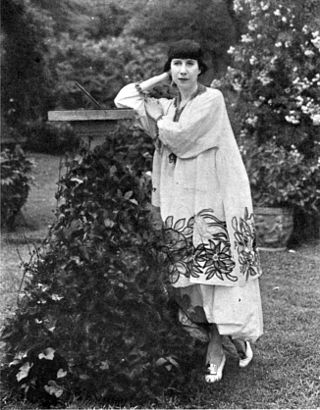
Florine Stettheimer was an American modernist painter, feminist, theatrical designer, poet, and salonnière.
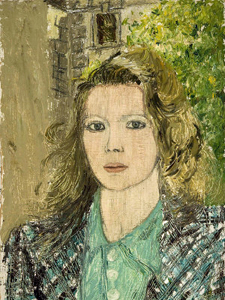
Sylvia Sleigh was a Welsh-born naturalised American realist painter who lived and worked in New York City. She is known for her role in the feminist art movement and especially for reversing traditional gender roles in her paintings of nude men, often using conventional female poses from historical paintings by male artists like Diego Vélazquez, Titian, and Jean-Auguste-Dominique Ingres. Her most well-known subjects were art critics, feminist artists, and her husband, Lawrence Alloway.

Feminist art is a category of art associated with the feminist movement of the late 1960s and 1970s. Feminist art highlights the societal and political differences women experience in their lives. The goal of this art form is to bring a positive and understanding change to the world, leading to equality or liberation. Media used range from traditional art forms, such as painting, to more unorthodox methods such as performance art, conceptual art, body art, craftivism, video, film, and fiber art. Feminist art has served as an innovative driving force toward expanding the definition of art by incorporating new media and a new perspective.
Émilie Charmy was an artist in France's early avant-garde. She worked closely with Fauve artists like Henri Matisse, and was active in exhibiting her artworks in Paris, particularly with Berthe Weill.
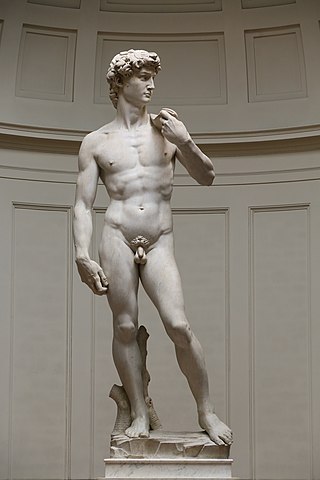
The nude, as a form of visual art that focuses on the unclothed human figure, is an enduring tradition in Western art. It was a preoccupation of Ancient Greek art, and after a semi-dormant period in the Middle Ages returned to a central position with the Renaissance. Unclothed figures often also play a part in other types of art, such as history painting, including allegorical and religious art, portraiture, or the decorative arts. From prehistory to the earliest civilizations, nude female figures were generally understood to be symbols of fertility or well-being.
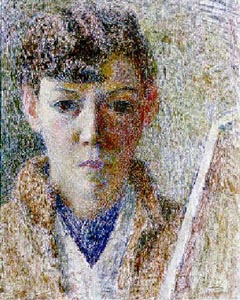
Dod Procter, born Doris Margaret Shaw, (1890–1972) was a famous early twentieth-century English artist, best known for Impressionistic landscapes and delicate "nearly sculptural studies of solitary female subjects." Her sensual portrait, Morning, of a fisherman's daughter in Newlyn, caused a sensation. It was bought for the public by the Daily Mail in 1927.
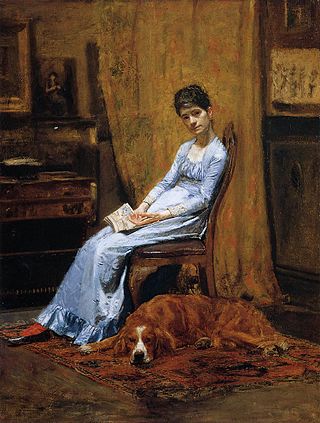
Susan Hannah Eakins was an American painter and photographer. Her works were first shown at the Pennsylvania Academy of the Fine Arts, where she was a student. She won the Mary Smith Prize there in 1879 and the Charles Toppan prize in 1882.
Aleah Chapin is an American painter whose direct portrayals of the human form have expanded the conversation around western culture’s representations of the body in art. Described by Eric Fischl as “the best and most disturbing painter of flesh alive today,” Chapin’s work has explored aging, gender and beauty, influenced in part by the community within which she was raised on an island in the Pacific Northwest. More recently, Chapin's work has taken a radically inward shift, expanding her visual language in order to better express the turbulent times we are living in. Consistent throughout her career, Chapin’s work asks the question: What does it mean to exist within a body today?

Candaules, King of Lydia, Shews his Wife by Stealth to Gyges, One of his Ministers, as She Goes to Bed, rarely known as The Imprudence of Candaules, is a 45.1 by 55.9 cm oil painting on canvas by English artist William Etty, first exhibited at the Royal Academy in 1830. It shows a scene from the Histories by Herodotus, in which Candaules, king of Lydia, invites his bodyguard Gyges to hide in the couple's bedroom and watch his wife Nyssia undress, to prove to him her beauty. Nyssia notices Gyges spying and challenges him to either accept his own execution or to kill Candaules as a punishment. Gyges chooses to kill Candaules and take his place as king. The painting shows the moment at which Nyssia, still unaware that she is being watched by anyone other than her husband, removes the last of her clothes.

Lilith is an 1887 painting by English artist John Collier, who worked in the style of the Pre-Raphaelite Brotherhood. The painting of the Jewish mythic figure Lilith is held in the Atkinson Art Gallery in Southport, England. It was transferred from Bootle Art Gallery in the 1970s.
Monica Garza is an American artist of Mexican and Korean background based in Atlanta, Georgia. She specializes in painting care-free, ethically and racially ambiguous women of color, of all body types. She is known for nude, contemporary portraits, contemporary figurative painting, sex and racial ethnicity, ceramic, text, and sculpture work.















